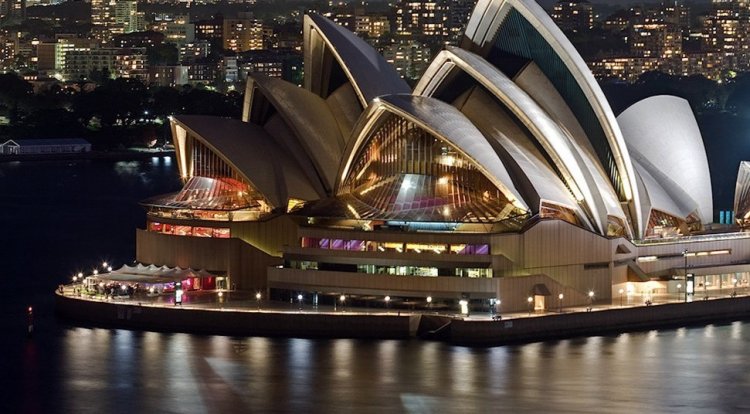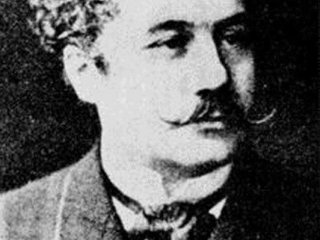
This is one of the most famous and easiest to recognize buildings in the world. The symbol of Sydney and one of the main attractions of Australia. A masterpiece of modern architecture rightfully occupying a place in the UNESCO World Heritage List. And simultaneously this is one of the most outstanding buildings of modern architecture. All this is the Sydney Opera House. They say that Danish architect Jorn Utzon, when creating the Sydney Opera House design from a photograph of Bennelong Point on Sydney Harbor, was inspired by the sails of ocean yachts caught in the frame. The architect denies yachts but confirms oranges – he claims he created this masterpiece being encouraged by their spherical slices or peels. Why did a resident of the North Sea coast build it on a promontory in the Tasman Sea? Just because the Scandinavian defeated more than two hundred competitors. When it was discovered in the mid-fifties that the residents of Sydney loved music, but there was practically no place to listen to it, state authorities agreed to build a theater on the promontory where a tram depot had been previously located. However, they imposed a requirement: no state money at all. This requirement created a lot of troubles later, as the preliminary amount turned out to be ten times underestimated. They solved the problem in the same way as during the construction of the British Museum – by arranging a lottery. On October 20, 1973, Queen Elizabeth II of England officially opened the Sydney Opera House. The amazed audience saw the “gothic of the space era,” as they immediately called the style of the theater interior decoration, the largest curtain in the world – almost two hundred square meters in area woven from wool in France, and world’s largest mechanical tracker action organ consisting of 10,500 pipes. You will never get tired of it, you will never be bored by it, predicted Jorn Utzon. That’s true: The Sydney Opera House is considered one of the most beautiful buildings erected after the Second World War.


























